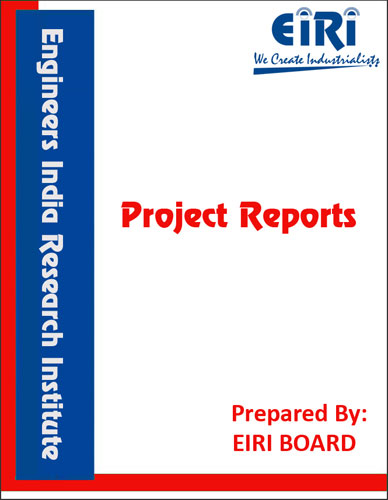HENNA HAIR DYE
The project report includes Present Market Position and Expected Future Demand, Market Size, Statistics, Trends, SWOT Analysis and Forecasts. Report provides a comprehensive analysis from industry covering detailed reporting and evaluates the position of the industry by providing insights to the SWOT analysis of the industry.
We can prepare PROJECT REPORT as per your INVESTMENT PLAN for BANK LOAN REQUIREMENT and INDUSTRY ANALYSIS. All reports are prepared by highly qualified consultants and verified by a panel of experts.
Have Query? Click Here to Chat
Industry Expert is Online, Chat with him for more detail.

Natural dyes have become a part of human life since time of immemorial. The Alchemy of colours started its use from an early time . Use of natural dyes in colouration of textile materials and other purpose is just one of the consequences of increased environmental awareness. Natural dyes exhibit better biodegradability and generally have a better compatibility with the environment. Also they possess lower toxicity and allergic reactions than synthetic dyes.
Today, in the world of growing environmental consciousness, natural colourants have attracted the attention of everyone. Natural dyes used in food are screened for safety but the information is not known for most of the natural dyes used in craft dyeing and with potentially wider use. There is a tendency to assume that consumable natural products are safer and better than synthetic product because they came naturally. The safety of natural dyes needs to be proved if they are used more widely and in commercial process . Indigo, a blue dye was extracted from the leaves of leguminous plant and turmeric (Curcuma longa), a yellow dye, was extracted from the ground root of Indian saffron plants. Turmeric was the only yellow dye that did not require a mordant to fix it on cotton or silk but is sensitive to light, soap and alkali which reduce its value considerably.
• INTRODUCTION
• B.I.S. SPECIFICATIONS
• APPLICATION OF EXTRACTS OF HENNA
• MARKET SURVEY
• MANUFACTURERS/SUPPLIERS OF HENNA DYES
• MANUFACTURING PROCESS
• MATERIALS AND METHODS
• FLOW SHEET
• MANUFACTURERS/SUPPLIERS OF PLANT & MACHINERY
• SUPPLIERS OF RAW MATERIALS
APPENDIX –A
01. PLANT ECONOMICS
02. LAND & BUILDING
03. PLANT AND MACHINERY
04. OTHER FIXED ASSESTS
05. FIXED CAPITAL
06. RAW MATERIAL
07. SALARY AND WAGES
08. UTILITIES AND OVERHEADS
09. TOTAL WORKING CAPITAL
10. TOTAL CAPITAL INVESTMENT
11. COST OF PRODUCTION
12. TURN OVER/ANNUM
13. BREAK EVEN POINT
14. RESOURCES FOR FINANCE
15. INSTALMENT PAYABLE IN 5 YEARS
16. DEPRECIATION CHART FOR 5 YEARS
17. PROFIT ANALYSIS FOR 5 YEARS
18. PROJECTED BALANCE SHEET FOR (5 YEARS)



